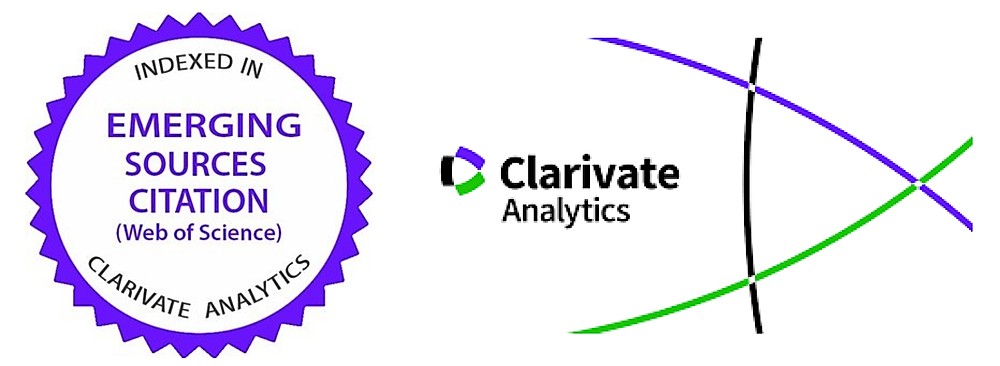The Environmental Kuznets Curve Revisited: Economic Complexity and Ecological Footprint in the Most Complex Economies of the World
Abstract
The paper examines the Environmental Kuznets Curve (EKC) model in the panel of the most complex economies in the world by considering the ecological footprint as an indicator of environmental degradation and economic complexity - as a variable of interest and expression of structural changes in the economy. The study includes the first 48 complex economies in the world, with positive averages of the Economic Complexity Index (ECI) for 1995-2017. The model of cointegrating polynomial regression (CPR) includes also variables with impact on ecological footprints such as globalization, energy intensity and urbanization. The EKC model is validated in the panel of the 48 complex economies, suggesting that these countries have already reached a development stage enabling them to curb the increasing pollution expressed by ecological footprint. Globalization has a mitigating effect while urbanization and energy intensity have an extension effect on ecological footprint. Policy implications are also included.



























